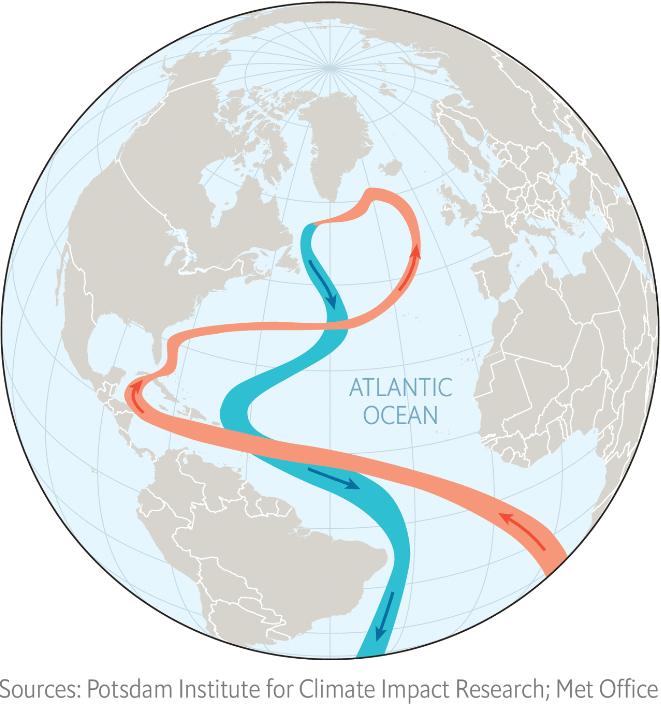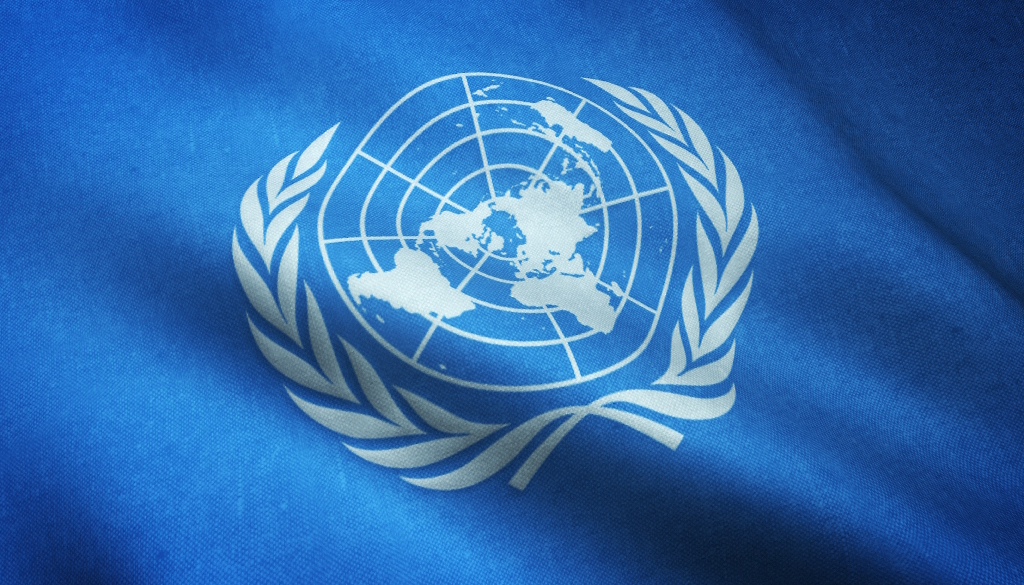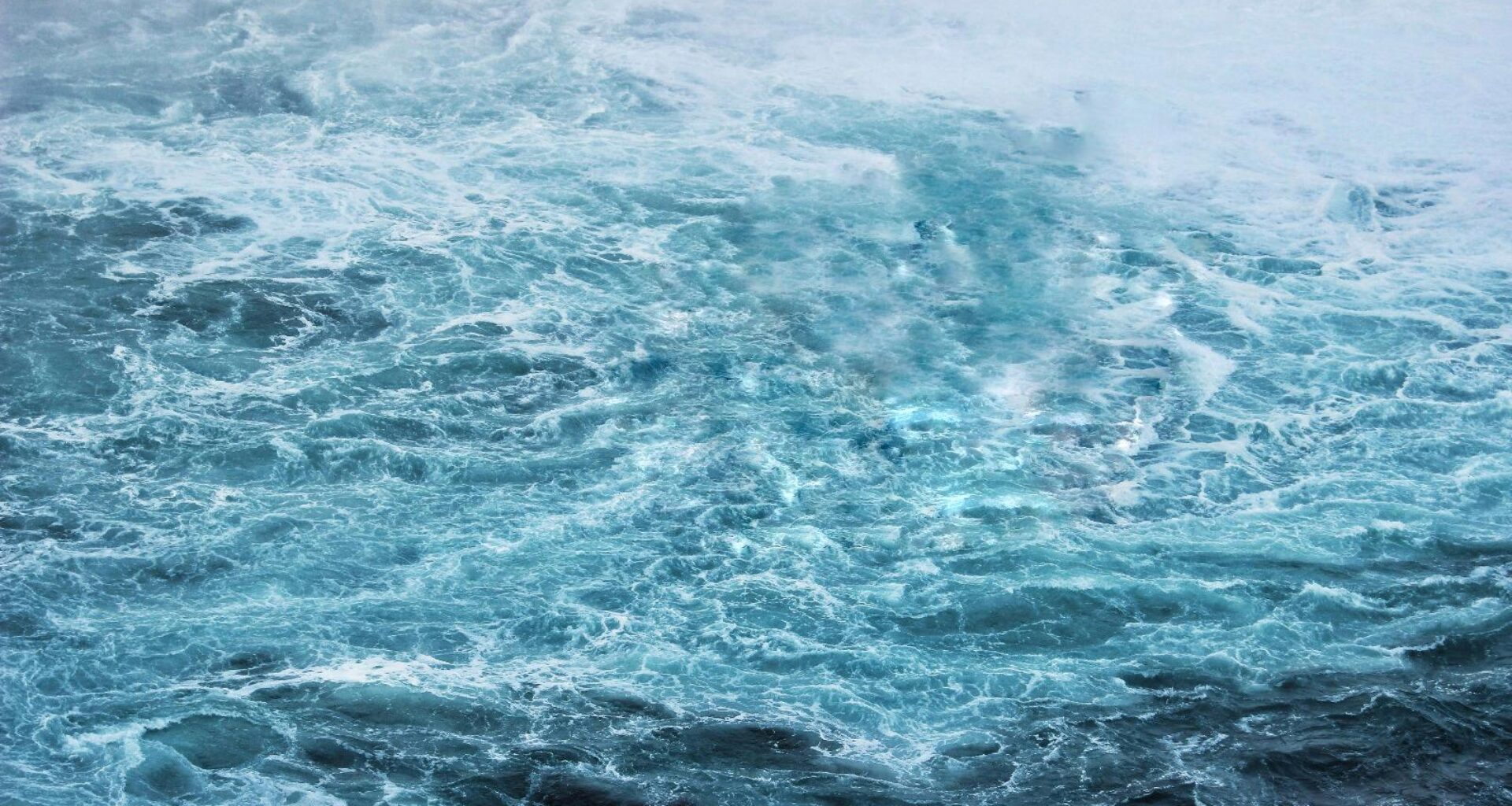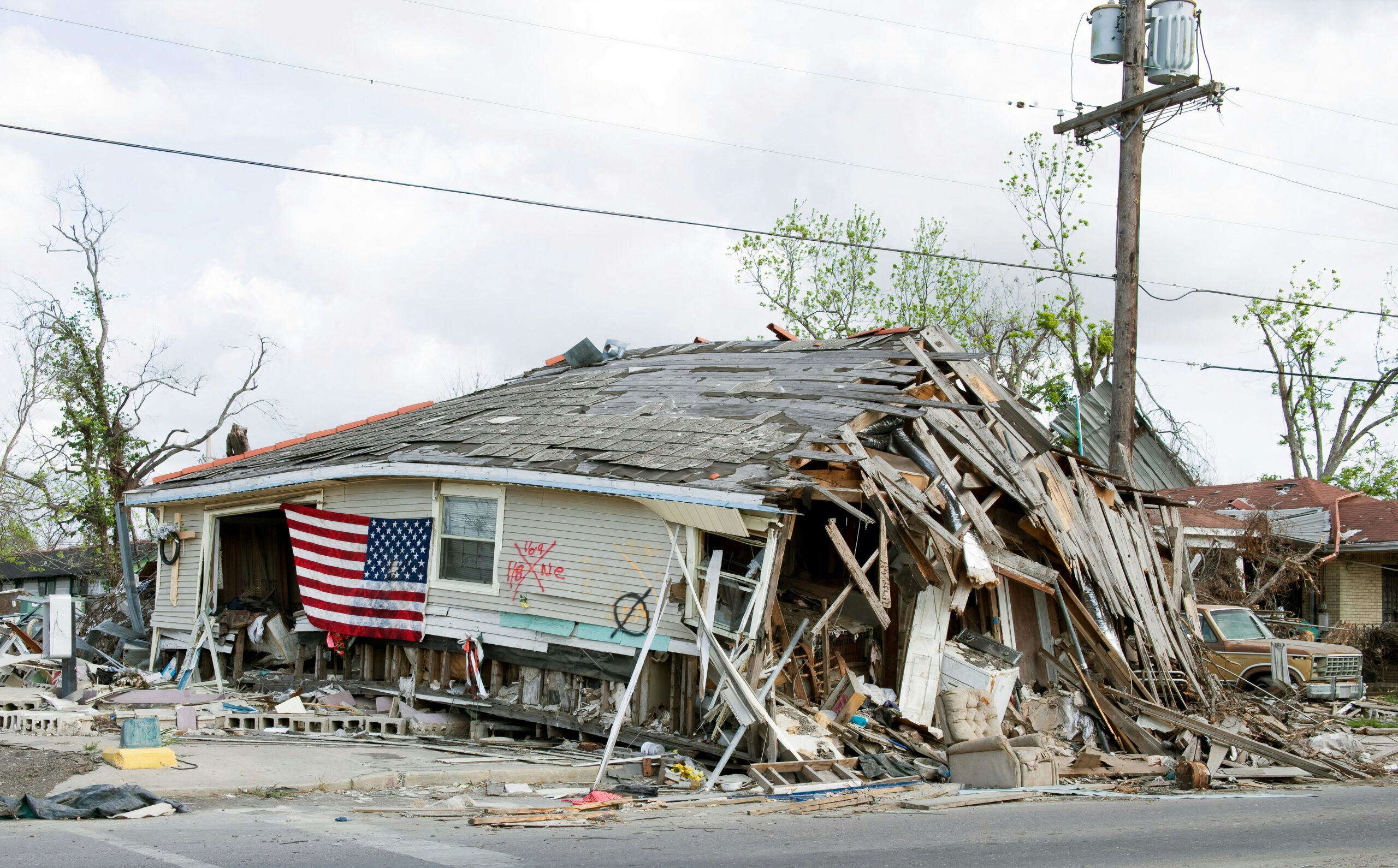(NEW YORK) – Bünyamin Sürmeli – What if you could teleport to the Ice Age tomorrow?
Maybe not tomorrow, but it seems as close as tomorrow. You remember the movie “The Day After Tomorrow”. There was a series of disasters like strong storms, hurricanes, several tornadoes at the same time. The main reason for what happened there was the collapse of the AMOC, the Atlantic Meridional Overturning Circulation. And that led to extremely powerful storms and other weather events. Of course, even though there are scenes that are meteorologically impossible, it is realistic enough to raise the alarm about climate change.
Let’s get to the point. As a result of global warming, a number of situations are occurring in the world. Melting glaciers is one of them. Let me support this with data right away: Nature Magazine published that according to September 2023 data, the amount of ice in the Arctic was measured 18% below average. In Antarctica, it reached its lowest maximum last year. The melting of the glaciers contributes to this: the fresh water in the glaciers is added to the oceans, which reduces the salinity of the oceans. As the density decreases, the balance of the water is disturbed. Currents and circulation in the oceans are created by differences in temperature and salinity.
So let’s talk about the AMOC circulation, for example, as warm, salty water moves up on the surface from the South Atlantic to the North Atlantic, it cools and becomes denser. This denser water comes down to sink into deeper layers of water and then flows back south. This creates a large-scale circulation in the water. These cycles are very, very important to the ocean. You could say it is the same as our breathing. Because it determines the climate, provides the nutrient cycle, affects the carbon cycle, and is a complete source of life. This cycle, which we abbreviate as AMOC, is an important part of the general circulation of the Atlantic Ocean, and it is called the Atlantic Overturning Current (AMOC). However, global warming is affecting this cycle.

Several factors, such as sudden rainfall as a result of climate change and the melting of the Greenland ice sheet, are reducing the salinity of the water at the ocean’s surface. The decrease in salinity means that the density of the water decreases, preventing it from sinking. Under normal conditions, dense water should sink to the bottom, but it remains as surface water. And as a result, an entire ocean cycle is weakened. I say weakened because there is research on this. A 2021 study found that the AMOC was at its weakest point in the last 1,000 years. On the other hand, a more recent study says that there is a possibility that the AMOC could collapse as early as 2025-2095. This study also has a high confidence interval of 95%.
The collapse of the AMOC, or even just its slowdown, could cause major changes in the climate. This is because the AMOC is a large circulation that affects climate systems around the world. So a weakening of this cycle could exacerbate the effects of global warming. Yes, it is causing global warming on a large scale, and what is happening as a result is exacerbating global warming.
We talked about important factors that affect currents, such as the rise of a body of water to the surface and its sinking to the bottom. This movement of water is very important for coastal life and ocean temperatures. Ocean temperatures decrease with depth. This means that the water at depth is much colder than at the surface. Therefore, the rise of the water mass from the depths to the surface brings cold water to the surface, and this water is rich in nutrients. So this cycle is a blessing, a feast for the organisms that live on the surface. These organisms provide food for millions of people, birds and fish around the world. When the circulation of this water is reduced due to changes in wind patterns, the result can be catastrophic for coastal areas. An example of this is El Niño, which affects weather and climate worldwide. You can also extrapolate some of the possible effects. In El Niño years, we can see regions where extreme weather events are more active.
Imagine a weakening that changes the rhythm of marine life. What happens if the AMOC slows down or stops? Let’s consider one possible scenario: If the AMOC collapses, temperatures in Europe could drop by as much as 10-15 degrees Celsius, and sea levels could rise along the east coast of the United States. Rainfall in agricultural regions – the source of food and livelihoods for billions of people – could also experience catastrophic changes. It could make already deteriorating weather patterns even more dramatic. The North Atlantic could suddenly cool. On the other hand, some models suggest that it could increase rainfall in the southern Amazon, potentially increasing deforestation. In short, there are consequences like destruction on the one hand and destruction on the other. Of course, this is a very complicated and uncertain situation. So these predictions are nothing more than guesses. But it’s clear that it’s not going to be all fun and sunshine.
Let me summarize the problem in general terms. Think of the atmosphere as a sponge, and global warming as a hand squeezing the sponge. The more you squeeze it, the faster and more the water in the sponge goes down; this is a flood. In the same way, if you place the squeezed sponge on a wet ground, it will absorb as much water as it is squeezed; the harder it is squeezed, the less water it will leave on the ground; this is a drought. Just as extreme rainfall and drought go hand in hand, so do calm weather and strong storms. So while what we are talking about may sound like movie fiction, the reality of climate change is becoming more present in our lives every day. On the one hand, temperature records are being broken, and on the other, it is freezing everywhere. Although the possible effects are always uncertain, what we are experiencing now gives us a clue.



 UN
UN 



